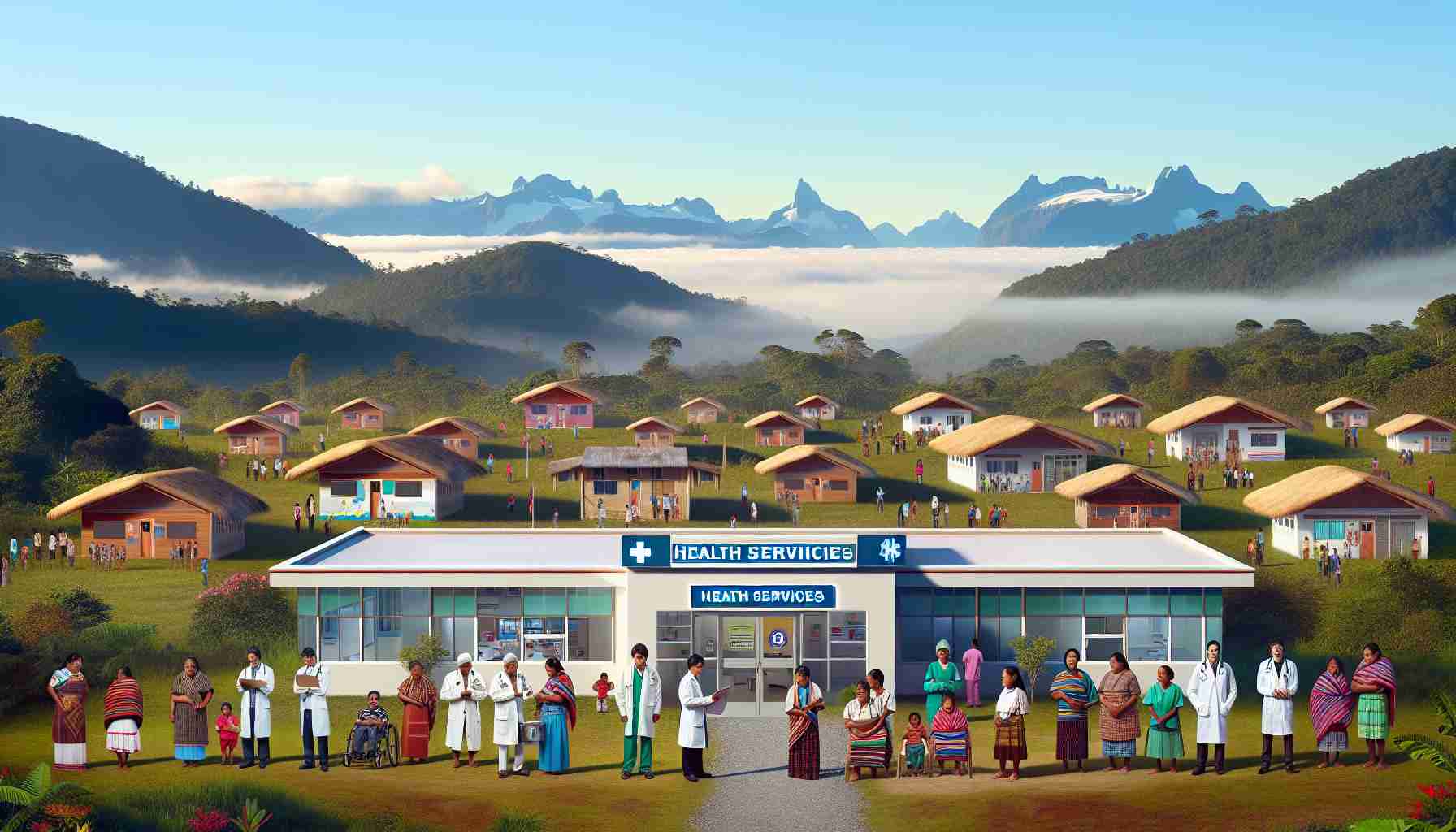An Important Visit to a Community Center
Today, the Eagle Seeker Community Center in Billings received a significant visit from a government official focused on improving healthcare access for indigenous populations.
Investment and Support
The center, known for its vital health services for Native populations, benefits from funding provided by a federal agency dedicated to this cause. Recently, the center received a substantial financial boost for renovations and expansion.
Exploring Progress and Future Plans
During the visit, the official took a tour to witness the impact of the allocated funds and to discuss upcoming projects to enhance the facility further.
Challenges Persist
Despite the progress made, the plight of indigenous communities in accessing healthcare remains a pressing issue. Challenges such as transportation limitations and food insecurity continue to hinder the well-being of these populations on a daily basis.
Empowering Tribal Communities
Efforts to address these challenges and uplift tribal communities are crucial. By prioritizing healthcare access and support, steps can be taken to ensure the overall well-being of indigenous populations is safeguarded.
Expanding Health Services for Indigenous Communities: Addressing Key Questions and Challenges
In the realm of improving healthcare access for indigenous communities, there are several crucial aspects and considerations that need to be explored further to truly make a difference. Let’s delve into some important questions, challenges, advantages, and disadvantages associated with the topic.
What are the Most Important Questions?
1. How can healthcare services be tailored to meet the unique cultural and historical needs of indigenous populations?
2. What role does education play in empowering indigenous communities to take charge of their health and well-being?
3. How can governments and organizations ensure sustainable funding and support for expanding health services in these communities?
Key Challenges and Controversies
1. Cultural Sensitivity: One of the key challenges is ensuring that healthcare services are culturally sensitive and respectful of indigenous traditions and beliefs.
2. Infrastructure: Limited infrastructure in remote indigenous communities can pose a significant challenge in expanding health services effectively.
3. Historical Trauma: Addressing the historical trauma experienced by indigenous communities in healthcare settings is essential for building trust and encouraging utilization of health services.
Advantages and Disadvantages
Advantages:
1. Improved Health Outcomes: Expanded health services can lead to improved health outcomes and reduced disparities in health among indigenous populations.
2. Community Empowerment: By involving indigenous communities in the planning and delivery of healthcare services, empowerment and self-determination can be fostered.
3. Cultural Preservation: Tailoring healthcare services to align with cultural values helps in preserving indigenous traditions and knowledge related to health and healing.
Disadvantages:
1. Resource Allocation: Limited resources and funding constraints can hinder the sustainability of expanded health services in indigenous communities.
2. Workforce Shortages: Shortages of healthcare professionals in remote areas can impede the delivery of quality healthcare services.
3. Policy Barriers: Navigating complex policy frameworks and bureaucratic processes can slow down the progress of expanding health services for indigenous communities.
In conclusion, the journey towards expanding health services for indigenous communities involves navigating complex challenges and controversies while also embracing opportunities for positive change and empowerment. By addressing key questions, understanding challenges, and weighing advantages and disadvantages, a more holistic approach can be adopted to ensure that healthcare access for indigenous populations is equitable and effective.
For further insights and resources on this topic, you may visit health.gov.
